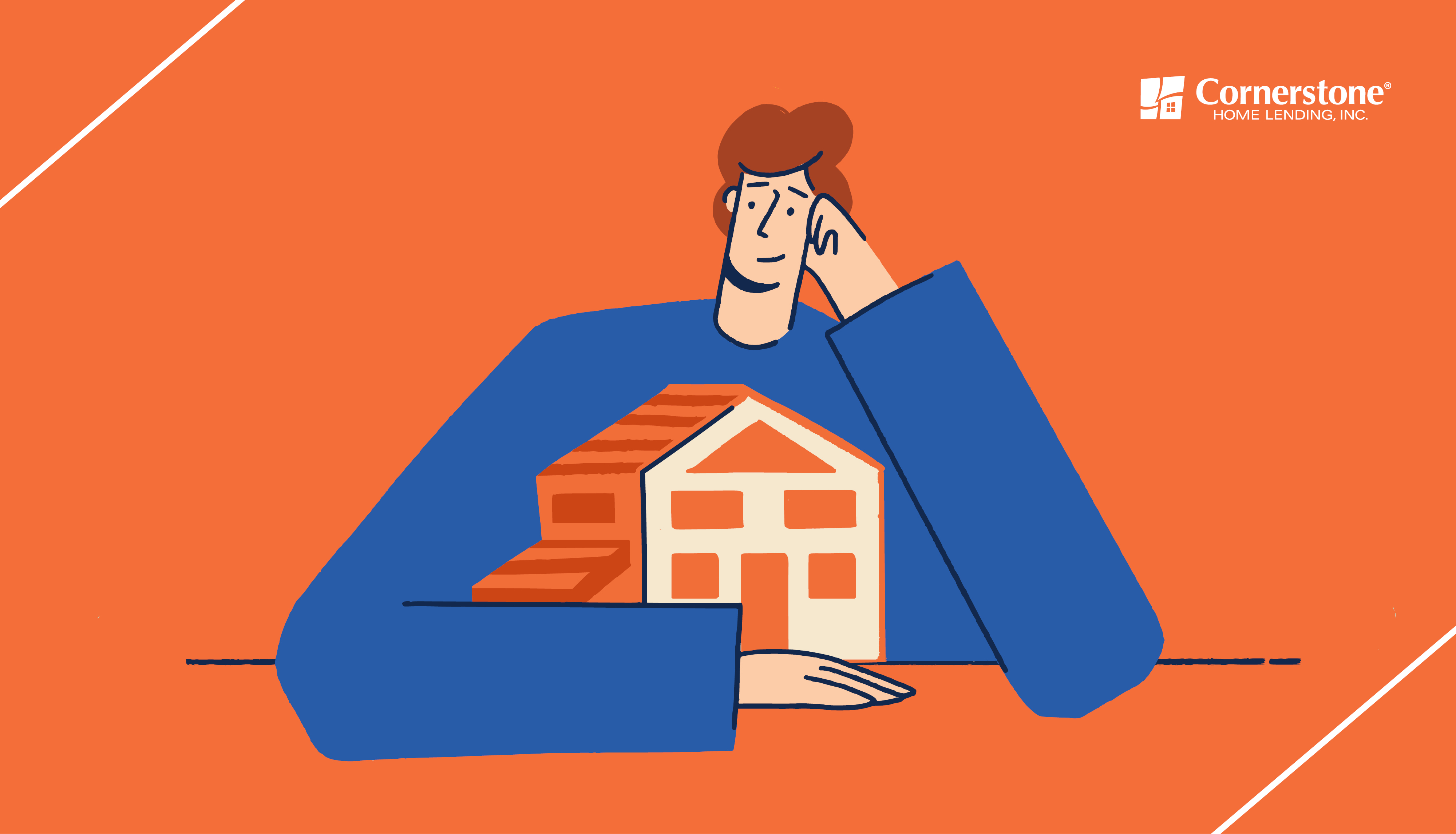Homeowners’ level of equity has hit its all-time high. More than 38 percent of homes that are owner-occupied are owned outright, the U.S. Census confirms; these homeowners no longer have a mortgage.* Those who do have a mortgage are still seeing their equity spike. Each time home values increase, homeowners receive a dollar-for-dollar equity gain.
ATTOM Data Solutions’ second-quarter 2021 U.S. Home Equity Report shows:
“34.4 percent of mortgaged residential properties in the United States were considered equity-rich in the second quarter, meaning that the combined estimated amount of loans secured by those properties was no more than 50 percent of their estimated market value.
The portion of mortgaged homes that were equity-rich in the second quarter of 2021 — one in three — was up from 31.2 percent in the first quarter of 2021 and from 27.5 percent in the second quarter of 2020.”
If you’re a homeowner, this spike in home equity may present you with two distinct opportunities: to refinance and cash out on some equity or lower your monthly mortgage payment, or to sell and move into a new home that better suits you and your family.
2 exciting ways to leverage your new equity gains
Should you sell or refinance? Let’s explore what’s possible:
1. Refinance your mortgage.
Having an influx of equity, along with today’s historically low mortgage rates, can make refinancing your mortgage a smart option. Many homeowners have refinanced in the past year to lower their monthly mortgage payment. And others have opted to exchange a portion of their equity gains for cash, while their monthly payment remains the same.
You may be stunned to know exactly how many homeowners are eligible to take advantage of high equity levels and low mortgage rates — but have yet to do it.
Just accounting for Freddie-Mac-funded mortgages, as many as 24 million borrowers could benefit, recouping their refinancing closing costs within just five years. In this same time frame, these millions of homeowners could save an estimated $7,000 per borrower (after paying for closing costs), adding up to savings of $170 billion total.
As of May 2021:
- There were 452,122 home loans with an average mortgage rate of 6.17 percent.
- 1,027,834 loans had an average rate of 4.39 percent.
- 3,687,780 loans had an average rate of 4.21 percent.
Compare this to today’s mortgage rate sitting around 3 percent. Any of the homeowners above could see significant savings simply by refinancing at the current rate. These homeowners could potentially lower their monthly payment by hundreds of dollars or cash out on a substantial sum to be used for renovation, vacation, paying down debt, or starting a small business.
For example:**
- If you have a $200,000 mortgage at a 6 percent interest rate (6.23 percent Annual Percentage Rate) and refinance to a 3 percent rate (3.19 percent Annual Percentage Rate), you may lower your payment (principal and interest, or P&I) from $1,199 to $843 a month.
- As a result, you’ll save $356 per month, adding up to $4,272 per year.
Or, you may choose to cash out on your rising equity, without changing your monthly payment.
More money, less problems? It might be time to refinance.
2. Move into your forever home.
The circumstances of the last year have caused many homeowners to reassess their wants and needs — and rethink what their dream home might look like. The homeowners currently paying a higher mortgage rate could put their growing equity toward a new down payment. This may enable them to buy a new home (perhaps bigger/in a better location) without much change to their monthly payment.
For example:**
- Maybe you bought your current home for $216,000 in 2006 (the median home price for May 2006, at the height of the market).
- If you paid 10 percent down and took out a $194,400 mortgage at a 6.41 percent mortgage rate (the average for 2006; 6.65 percent Annual Percentage Rate), your monthly payment (P&I) might be around $1,217.
National Association of REALTORS® (NAR) numbers show that the value of a standard single-family home has increased by $150,000 in the past 15 years. Today, a $216,000 house would have appreciated to about $366,000. When you factor in expenses for selling ($150,000 minus $20,000 in expenses), you’d be left with roughly $130,000.
You could apply this equity toward a down payment on your next house. Suppose you buy a new home for $450,000 (about $80,000 more than your current home’s value). By putting down $130,000, you may be able to take out a $320,000 mortgage at a 3 percent rate (3.18 percent Annual Percentage Rate). Your monthly payment (P&I) may be $1,349.
So, you could purchase a house worth $80,000 more and yet only pay an extra $132 a month.
Should you sell or refinance? Get your answer.
Your current equity level and mortgage rate are critical to determining whether you decide to sell or refinance. Take a look at your loan documents to locate your interest rate, and then reach out to a local loan officer to see how much equity you’ve accumulated. You may be amazed.
*“2018 American Community Survey Public Use Microdata Sample,” U.S. Census Bureau/Construction Coverage, 2020.
**MBS Highway payment estimate, rounded to the nearest dollar amount. Rates listed (30-year fixed, as of 6/15/2021) are for illustrative purposes only and are subject to change.
While refinancing could make a significant difference in the amount you pay each month, there are other costs you should consider. Plus, your finance charges may be higher over the life of the loan.
For educational purposes only. Please contact your qualified professional for specific guidance.
Sources deemed reliable but not guaranteed.

